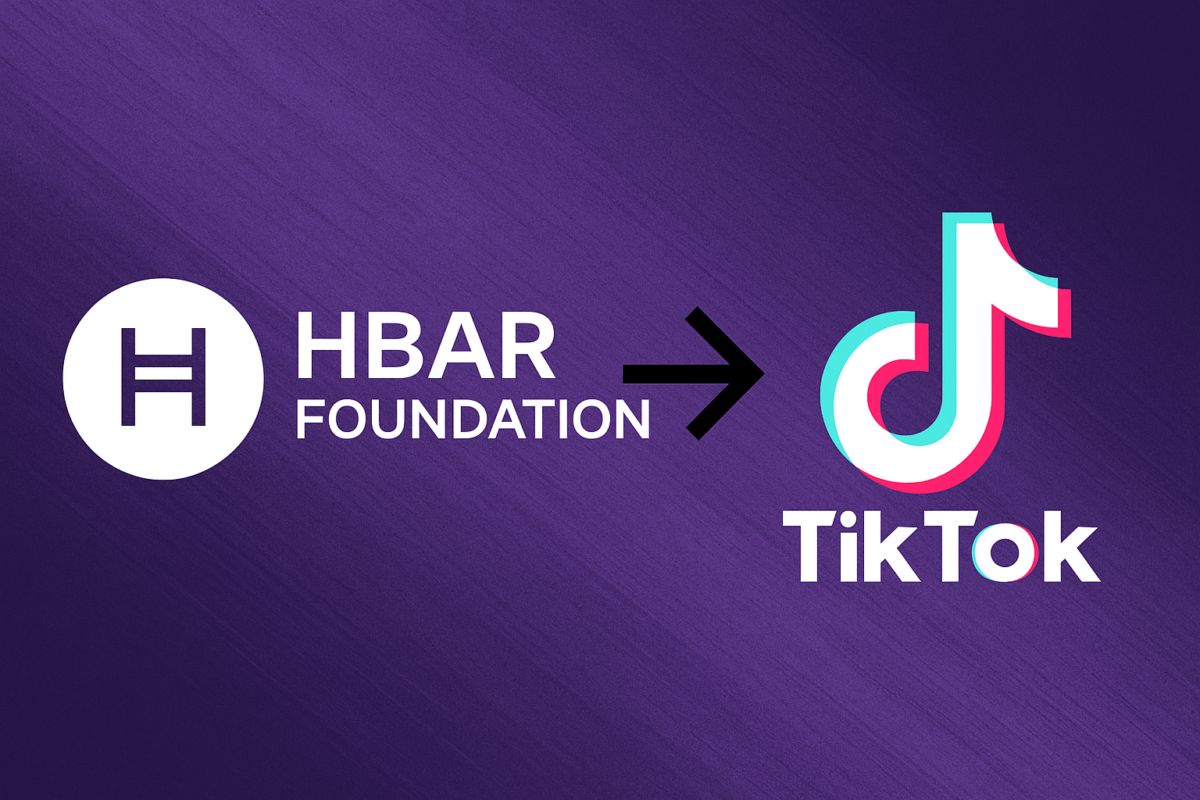Looking at the public chain competition landscape from the perspective of liquidity pool quality: Has Solana really surpassed the EVM chain?
The majority of Solana’s volume comes from less liquid pools, a significant portion of which comes from Pump Fun.
Original author: jpn memelord
Original translation: TechFlow
There has been a lot of discussion recently about Solana surpassing all EVM chains in terms of trading volume. I decided to take a deep dive into the quality of liquidity pools on the top blockchains to determine whether this is a short-lived trend or a true disruption to existing chains. Welcome to explore with me.
The methodology for this analysis borrows from the criteria for stock inclusion in major stock indices.
The three main criteria are:
· Established trading history
· High liquidity
· Sustained trading volume
These criteria also have similar applications in liquidity pools.
Methodology Construction
The following methodology summary is for reference only. For full details, please review the methodology document at SP Global.
· Eligibility: All constituents must be U.S. companies.
· Market Cap Eligibility: To be included, companies must have an unadjusted market cap of at least $14.5 billion and their float-adjusted market cap must be at least 50% of the unadjusted minimum market cap threshold.
· Public Float: Companies must have an Investable Weight Factor (IWF) of at least 0.10.
· Financial Viability: Companies must have positive earnings in the most recent quarter and in the most recent four quarters (combined).
· Adequate Liquidity and Reasonable Price: Using composite pricing and trading volume, the ratio of annualized trading value (defined as the average closing price during the period multiplied by historical trading volume) to float-adjusted market capitalization should be at least 0.75, and the stock should have traded at least 250,000 shares per month in the six months prior to the valuation date.
· Industry Representation: Industry representation is measured by comparing each GICS® industry’s weight in the index to its weight in the S&P Total Market Index, and considering company selection within the relevant market capitalization range.
· Company Type: All eligible U.S. common stocks listed on eligible U.S. exchanges are eligible for inclusion. Real Estate Investment Trusts (REITs) are also eligible for inclusion. Closed-end funds, ETFs, ADRs, ADSs, and certain other types of securities are not eligible for inclusion.

Are there stocks that trade that are not in the major indexes? The answer is yes.
However, these stocks make up the “blue chips” of the traditional financial world, and finding DeFi analogs can help us evaluate what traditional finance might be looking at as it enters the DeFi space.
I collected volume data for all liquidity pools on Ethereum, Solana, BSC, @arbitrum, and @base, and totaled the volume over the past 30 days.
Next, I applied a weight adjustment to those pools created in the past 30 days to lower their ranking to meet the "established history" criteria.
Finally, I weighted each pool's volume and total value locked (TVL) to meet the other two criteria.
Next, I applied a weight adjustment to those liquidity pools created in the past 30 days to lower their ranking to meet the "established history" criteria. I then weighted each pool's volume and total value locked (TVL) to meet the other two criteria. The specific formula is: Ln(TVL)/Ln(MAX(TVL)) * TVL_weight.
This scaling method has little impact on pools with better liquidity, but will lower the ranking of pools with smaller TVL.
Here are the "New Premium" top 20 rankings based on this weighted method.
First of all, it is worth noting that Ethereum, Solana, Arbitrum, and Base each have a representative pool in the top 4!
These pools are all "primary" pools that trade their respective chain's native tokens against USDC.

Another notable feature is that Ethereum still dominates, taking up half of the top positions in this ranking. High TVL combined with consistent trading volume makes it a standout among all chains.
I strongly suspect this is also part of the reason why Blackrock chose to deploy to Ethereum.
Drilling down, the top two pools stand out in particular:
@AerodromeFi’s slipstream WETH-USDC pool has the highest trading volume, while the highest TVL is
@Uniswap’s v3 WETH-USDC pool on Ethereum.
Dune data link:

Transaction volume index of top blockchains
On most blockchains, the main liquidity pool with a fee rate of 0.05% is a top pool, but on the BNB chain, the 0.01% pool is a top pool, which is a bit surprising.
Also, USDC is used in more top pools than USDT, which is also unexpected to me.
How many pools are there on each chain?
· Ethereum: 10
· Base: 5
· Arbitrum: 2
· BSC: 2
· Solana: 1
All other Solana pools in this analysis do not have enough TVL (total value locked) to make the top list. Despite the large volume, these trades occur when liquidity is significantly lower than other chains.
Solana has a fairly large volume in the top 150 pools without considering TVL, but it does not come close to surpassing all EVM chains, or even Ethereum (although it is very close).

The top 20 assets traded in all pools include:
· Stablecoins: USDC, USDT, DAI, pyUSD
· Major currencies: ETH, BNB, SOL, cbBTC, WBTC and wsETH
· Others: AERO
Surprisingly, Aero is the only token that is neither a stablecoin nor in the top 5 cryptocurrencies by market cap.
TVL of the top 25 pools per chain:
· Ethereum: $1.04 billion
· Base: $310 million
· BNB: $194 million
· Solana: $181 million
· Arb: $155 million
Clearly, Ethereum is still the winner, but Base is leading the pack among the other chains.
Also, it’s worth noting that 4 of Base’s 5 pools are from Aerodrome, demonstrating their significant lead on that chain, even as Uniswap dominates on Arbitrum and Ethereum.
Summary
Most of Solana's volume comes from pools with poor liquidity, and a significant portion of that comes from Pump Fun.
Ethereum is still the king of DeFi, but Base is unexpectedly becoming a strong challenger because it has the pool with the highest volume.

This focus on economy is not a bad thing, but I think that sophisticated investors who want to go deep into DeFi are more concerned about sustained economic activity from deep liquidity pools than which animal coin is hot this week or today.
There are many aspects of this analysis that can be further explored and improved:
· Automate the calculation of the TVL metric
· Look beyond TVL to look at liquidity depth (CL pools are very capital efficient)
· Consider the fee tier of the pool
I will be launching part 2 of this analysis in the coming weeks.
Disclaimer: The content of this article solely reflects the author's opinion and does not represent the platform in any capacity. This article is not intended to serve as a reference for making investment decisions.
You may also like
HBAR Foundation Eyes TikTok Acquisition as April 5 Deadline Looms

Chainlink Brings VRF and Functions Live to Soneium Network

Jupiter VERIFY Adds Trust Layer to Solana Token Trading

Compound Adopts Uniswap-Style Governance with New Foundation

